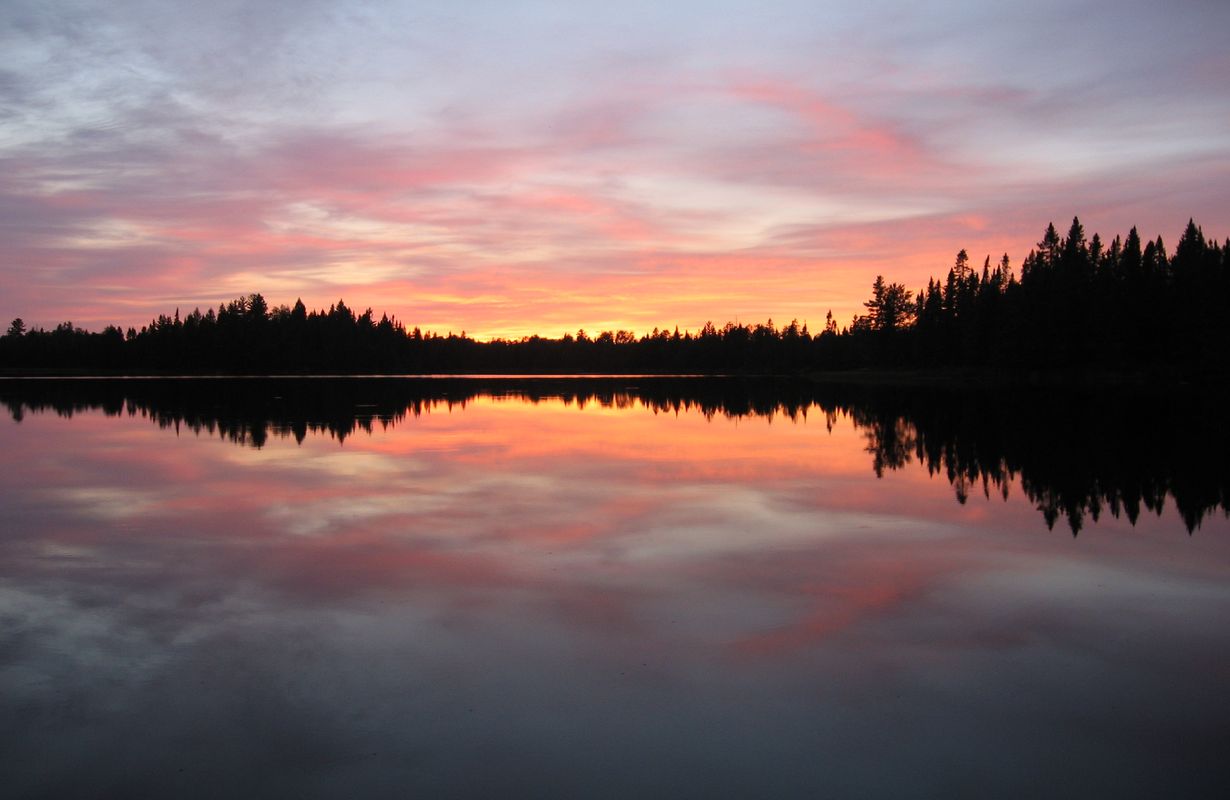Hidden Indigenous Villages Of Minnesota’s Border Lakes

Have you ever wondered what lies beyond Minnesota's bustling cities and popular tourist spots? Tucked away in the serene Border Lakes region, you'll find hidden indigenous villages that offer a glimpse into a rich cultural heritage. These villages, often overlooked by mainstream travel guides, provide a unique opportunity to connect with the traditions and stories of the Native American communities. Imagine exploring ancient trails, participating in traditional ceremonies, and learning about the deep-rooted connection these communities have with the land. Whether you're an adventurer or a history buff, visiting these villages will give you a new perspective on Minnesota's diverse cultural landscape.
Discovering Minnesota's Hidden Indigenous Villages
Minnesota's Border Lakes region is a treasure chest of hidden Indigenous villages. These places offer a glimpse into the rich history and culture of the Native American tribes who have lived here for centuries. Let's explore some of these hidden gems.
1. Grand Portage
Grand Portage is a historic site that has been a hub for the Ojibwe people for generations. Located near the Canadian border, this village is known for its beautiful landscapes and cultural significance.
- Grand Portage National Monument: This site preserves the history of the fur trade and the Ojibwe people. Visitors can explore the reconstructed trading post and learn about the area's history.
- Mount Rose Trail: A short hike offering stunning views of Lake Superior and the surrounding wilderness.
2. Nett Lake
Nett Lake is home to the Bois Forte Band of Chippewa. This village is known for its wild rice, which has been harvested by the tribe for centuries.
- Nett Lake Wild Rice: Experience the traditional wild rice harvesting methods that have been passed down through generations.
- Bois Forte Heritage Center & Cultural Museum: Learn about the history and culture of the Bois Forte Band through exhibits and artifacts.
3. Ely
Ely is a gateway to the Boundary Waters Canoe Area Wilderness and has a rich Indigenous history. The area is home to the Ojibwe people, who have lived here for centuries.
- International Wolf Center: While not directly related to Indigenous culture, this center offers insights into the wildlife that shares the land with the Ojibwe.
- Kawishiwi Falls Trail: A beautiful hike that takes you to a stunning waterfall, offering a glimpse into the natural beauty that the Ojibwe have cherished.
4. Leech Lake
Leech Lake is another significant site for the Ojibwe people. The lake and surrounding area have been a vital part of their culture and livelihood.
- Leech Lake Band of Ojibwe: Learn about the history and culture of the Leech Lake Band through various community events and cultural programs.
- Chippewa National Forest: Explore the vast forest that has been home to the Ojibwe for generations, with opportunities for hiking, fishing, and wildlife viewing.
5. Red Lake
Red Lake is one of the largest lakes in Minnesota and is home to the Red Lake Band of Chippewa. This area is rich in history and natural beauty.
- Red Lake Nation Fishery: Visit the fishery to learn about the traditional fishing practices of the Red Lake Band and their efforts to preserve the lake's ecosystem.
- Ponemah: A small village on the shores of Red Lake, offering a glimpse into the daily life and traditions of the Red Lake Band.
6. Mille Lacs
Mille Lacs is a significant cultural and spiritual site for the Mille Lacs Band of Ojibwe. The lake and surrounding area have been a central part of their heritage.
- Mille Lacs Indian Museum and Trading Post: Discover the history and culture of the Mille Lacs Band through exhibits, artifacts, and interactive displays.
- Father Hennepin State Park: Explore the natural beauty of the area with opportunities for hiking, fishing, and camping.
7. Fond du Lac
Fond du Lac is a historic village located near Duluth. It has been a significant site for the Fond du Lac Band of Lake Superior Chippewa.
- Fond du Lac Cultural Center and Museum: Learn about the history and culture of the Fond du Lac Band through exhibits and cultural programs.
- Jay Cooke State Park: Enjoy the stunning landscapes and outdoor activities in this beautiful state park, which has been a part of the Fond du Lac Band's heritage.
8. White Earth
White Earth is the largest reservation in Minnesota and is home to the White Earth Band of Ojibwe. This area is rich in culture and history.
- White Earth Tribal and Community College: Visit the college to learn about the educational programs and cultural initiatives of the White Earth Band.
- Itasca State Park: Explore the headwaters of the Mississippi River and the beautiful landscapes that have been a part of the White Earth Band's heritage for generations.
Embracing the Rich Culture of Minnesota's Border Lakes
Minnesota's Border Lakes region offers a unique glimpse into the rich culture of hidden Indigenous villages. These communities, often overlooked, hold stories and traditions that have shaped the area for centuries. Visiting these villages provides an opportunity to learn about the history, customs, and daily lives of the Indigenous people who call this region home.
Exploring these hidden gems not only enriches your travel experience but also supports the preservation of Indigenous heritage. From traditional crafts to local cuisine, every aspect of these villages offers a deeper understanding of their way of life.
Next time you plan a trip to Minnesota, consider venturing off the beaten path to discover the hidden Indigenous villages of the Border Lakes. You'll leave with a newfound appreciation for the cultural tapestry that makes this region truly special.

